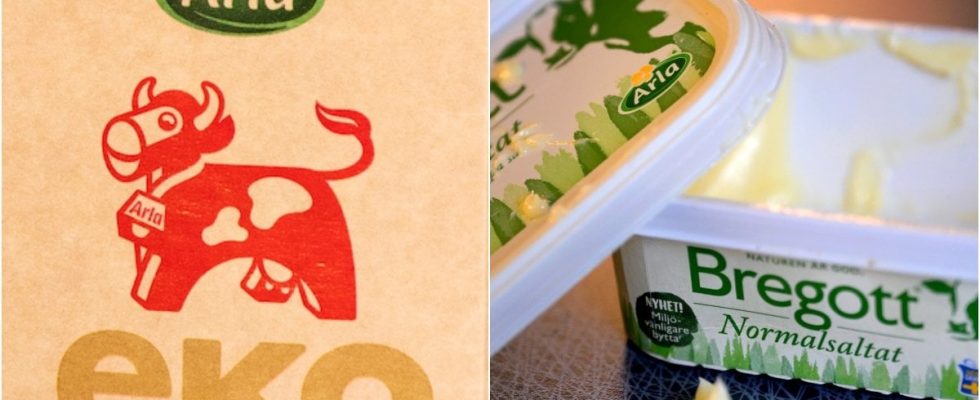Bregott was launched by Arla in 1969 and the packages consisting of 300 grams and 600 grams of butter have looked the same until now.
From week 7, new packaging and sizes of Bregott have reached the stores. The butter now consists of three sizes: 250, 500 and 750 grams.
Bregott’s historic change – this is how customers are affected
Bregott’s new package of 250 grams of butter. Photo: ArlaDyrare Bregott
But it’s not just the packaging that has changed. In connection with the new packages coming out in stores, the kilo price at Bregott went up for the two smaller packages.
Arla’s recommended kilo price for the butter packages weighing 250 and 500 grams has been increased by 3 percent. At the same time, the recommended kilo price of the large package has been reduced by 3 percent.
Bregott’s big change: That’s how much the butter has been stealthily increased
“Smells deflation a long way”
Reducing the packaging, but raising or maintaining the price is called shrink inflation. A phenomenon that has become increasingly common since the prices of food began to rise.
Jan Bertoftsecretary general of Sweden’s Consumers, is critical of Arla’s change and price increase of Bregott.
– Often you try to resemble the old packaging, so that you don’t discover it. It becomes clear when you keep the same surface, the side that is shown to consumers, he tells Nyheter24 and continues:
– I think this smacks of shrink inflation a long way. They don’t want the price increase per kilo to be noticed and this is a pretty common trick.
The expert answers: What exactly is shrink inflation?
Arla responds to the criticism
Dealing with shrink inflation is not illegal. The pricing of a product is free and companies are allowed to change packaging as they wish, but this is rarely appreciated by consumers.
– Many consumers feel that they are being cheated, and that it is dishonest, says Jan Bertoft.
Max Wallenbergpress manager at Arla Sweden, responds to criticism about shrink inflation.
– That the kilo price is a little higher for smaller packages is common and is due to the fact that it becomes more expensive to produce per unit. In the same way, the price per kilo can be lower for larger packages.
Read more news here:
Classic sausage giant in bankruptcy after 129 years
